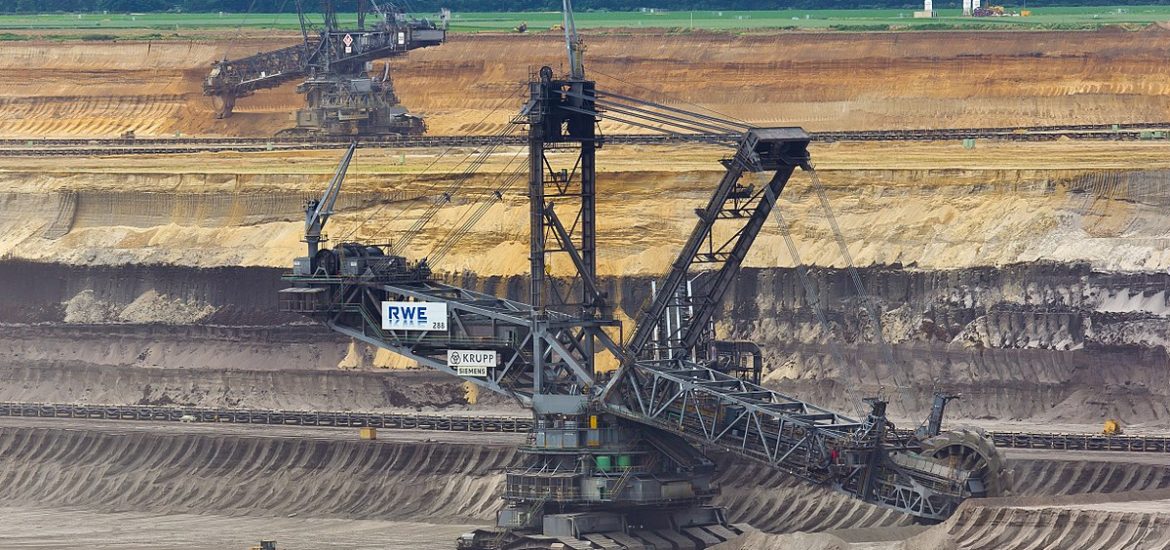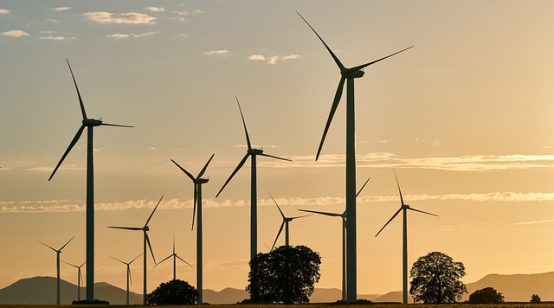
The Carbon Tracker think-tank has reported that 54 per cent of all EU coal plants are loss-making and a phase-out of coal by 2030 could cut utility losses by up to €22 billion.
The report, Lignite of the Living Dead, examined how a transition compliant with limiting the rise of global warming to below 2°C could affect the valuation of Europe’s coal-fired power plants. Carbon Tracker developed an “asset-level model” which determined a retirement schedule for power plants and studied the financial implications for investment.
The report states: “Confidence in coal-heavy utilities is returning as business restructurings, court rulings and power prices have revived balance sheets after years of huge impairments.
“For example, at the time of writing, RWE and Uniper have seen their share price increase by 64 per cent and 79 per cent respectively in 2017,” it added.
However, the future for coal looked gloomy, the study said, with falling renewable energy costs, air pollution regulations and rising carbon prices continuing to undermine the viability of EU coal.
It said the EU could dodge losses of €22 billion by phasing out coal power in line with the Paris climate agreement.
The coal operations in Germany could avoid losing €12 billion by closing, the research said. Poland’s factories could avoid losing €2.7 billion with a similar cull, it was argued. The UK has proportionally smaller potential savings to be made due to an existing phase-out policy.
By phasing-out coal, London was praised for not only acting in the best interests of its citizens through improved air quality, but also for the financial gain of utility shareholders by avoiding value destruction. Italy and Slovenia had positive stranded value of €480 million and €740 million, respectively, Carbon Tracker said.
The study is critical of the sector’s supposed motivation: “Utilities with exposure to coal power in the EU are at a strategic crossroads: continue to invest in coal and hope governments will allow rent-seeking in the form of capacity and retirement payments, or divest and prepare for a low carbon future.”
More stringent air pollution limits and reforms to the EU emissions trading system exposed the risks of coal, it argued. These factors would squeeze coal power along with low-cost renewable energy, battery storage improvements and demand response. “Those utilities that expect to run their coal units longer than evidence suggests are putting their assets on a collision course with these mega trends,” the study opined.
Garzweiler mine in western Germany. Picture credit: Wikimedia





